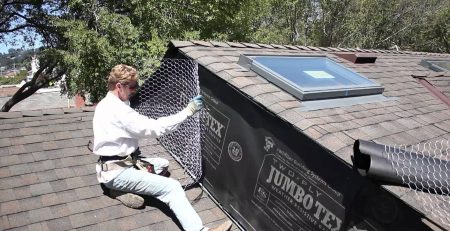6 Signs Your Stucco is Damaged
You purchased your property and it had stucco on it, and you never gave it much thought other than you loved the look. However, it’s subtly giving you signs that it requires some TLC. Here are the most common signs that your stucco requires attention and what these signs mean.
1. Stucco Cracks
While a single hairline crack may not be a bad omen, numerous cracks could be more than an aesthetic issue. If you have large cracks over ¼” wide, this often indicates structural problems. These larger stucco cracks could indicate that the house has settled, heaved, or lacks proper expansion joints. In others, the cracks could be the result of water intrusion damage, especially if there are stains at the cracks. Regardless, structural or stucco repairs may be needed along with cosmetic crack repairs. Note: simple spot patches of stucco cracks are typically not recommended due to the unsightliness of the repairs.
2. Stucco Stains
As unsightly as stucco stains may be, avoid the temptation to paint over them as the wrong paint often does not adhere and can mask the condition. One should always address the underlying problems first. It is best to first have a qualified stucco consultant like ESEC to observe, evaluate, and make remediation recommendations. Stucco stains can require a simple cleaning, or they can indicate severe problems, including water damage and mold.
3. Stucco Moss
It’s not unusual for the stucco to become discolored at the bottom as rainwater splashes dirt onto the home. It’s also not unusual for moss to grow in these wet, shady areas. Moss can be scrubbed away with a water, borax, bleach, and soap solution; call for details. However, it’s essential to address the moisture problem that creates such an inviting space for moss. In areas where moss grows on your stucco, consider removing the nearby vegetation in favor of ornamental rock to facilitate drying of the walls. Any steps that you can take to minimize the moisture at the walls and prevent water from soaking the area is beneficial.
4. Stucco Crumbles
Crumbling stucco could be due to age, stress, pest infestations, settling, water damage, vibrations, impact accidents, and even improper stucco installation. As more stucco crumbles away, the problem worsens because the stucco integrity is breached and additional water can seep inside. It is time for a stucco evaluation to help identify the cause of the problems and provide remediation recommendations.
5. Stucco Indentations or Soft Spots
By the time you notice indentations or soft spots in your home’s stucco, your house could be telling you that there’s water damage lurking beneath the plaster. Unfortunately, water damage can require extensive structural repairs with complications that include mold and rot. It’s best to call for an annual evaluation of your stucco to minimize future repairs.
6. Impact Damage
If your stucco is EIFS or has EPS Plant-On bands, then there may be impact damage from lawnmowers, weed whackers, kids, flickers, and woodpeckers.
If your stucco has cracks, stains, moss, crumbles, indentations, soft spots, or doesn’t look right, it’s a good idea to have the stucco inspected before further damage occurs. A qualified stucco consultant can quickly determine whether the damage is cosmetic or structural and be able to recommend steps that you can take to mitigate the damage before it worsens.
Contact ESEC today to schedule your stucco inspection and evaluation.


